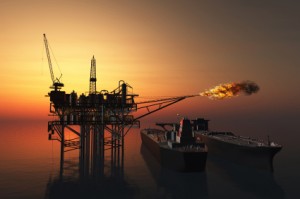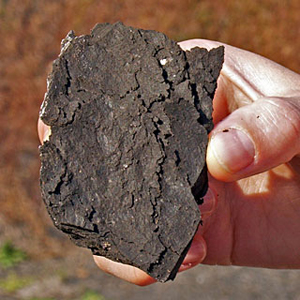 Energy / Petroleum Products
Energy / Petroleum Products
Petroleum or crude oil is a naturally occurring, flammable liquid found in rock formations in the Earth consisting of a complex mixture of hydrocarbons of various molecular weights, plus other organic compounds.
Petroleum is used mostly, by volume, for producing fuel oil and gasoline (petrol), both important “primary energy” sources. 84% by volume of the hydrocarbons present in petroleum is converted into energy-rich fuels (petroleum-based fuels), including gasoline, diesel, jet, heating, and other fuel oils, and liquefied petroleum gas.
Known reserves of petroleum are typically estimated at around 190 km3 (1.2 trillion (short scale) barrels) without oil sands, or 595 km3 (3.74 trillion barrels) with oil sands. Consumption is currently around 84 million barrels (13.4×10^6 m3) per day, or 4.9 km3 per year.
In 2010, Australia imported about $12 billion to $13 billion of oil a year. Economic forecaster ACIL Tasman expects
this figure to climb tenfold, to as high as $128 billion a year by 2030. Imagine what sort of impact that might have on
 the current account deficit. In raw terms that is just shy of an oil shortfall of about 330 million barrels a year, or
the current account deficit. In raw terms that is just shy of an oil shortfall of about 330 million barrels a year, or
53 billion litres of oil that Australia will need to import unless new production is brought on stream
to replace ageing fields such as Bass Strait.
The introduction of Kerogen extraction technology could restore Australia to self-sufficiency in oil production within a relatively short term without the negative environmental impacts associated with current shale oil extraction technologies. Kerogen is a fossilised bituminous material occurring in shale and other sedimentary rock that yields oil when heated.
With Oil increasing in price, we have forged relationships with Shale Oil providers and their new and better processes to extract Kerogen from oil shale.
For all enquiries related to Energy / Petroleum Products, please send an email to us using this form.
